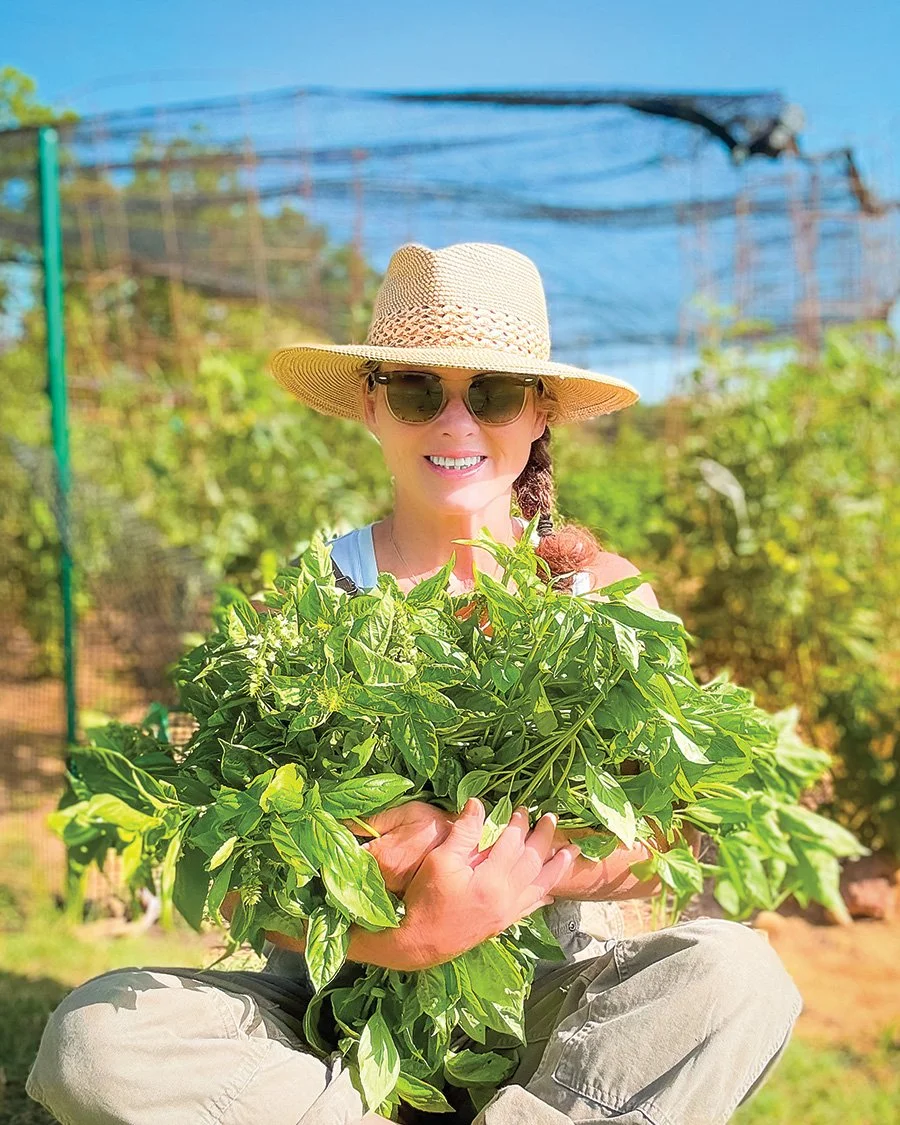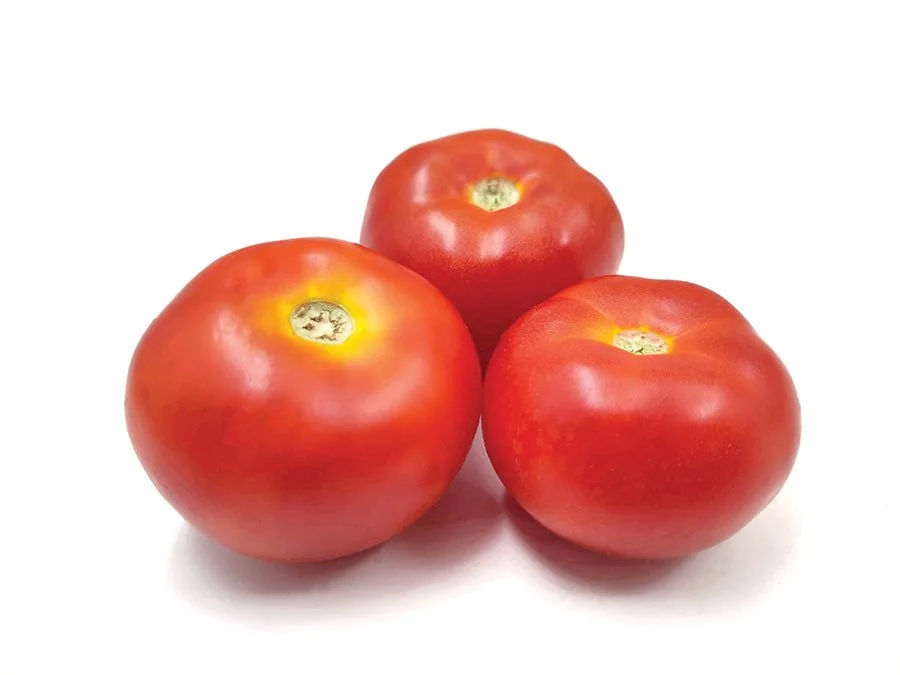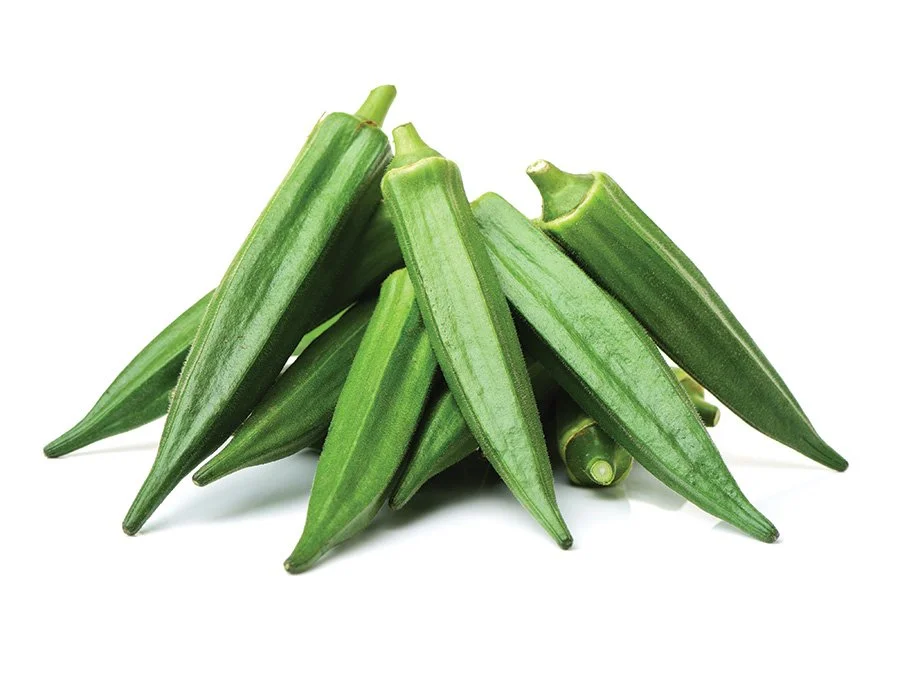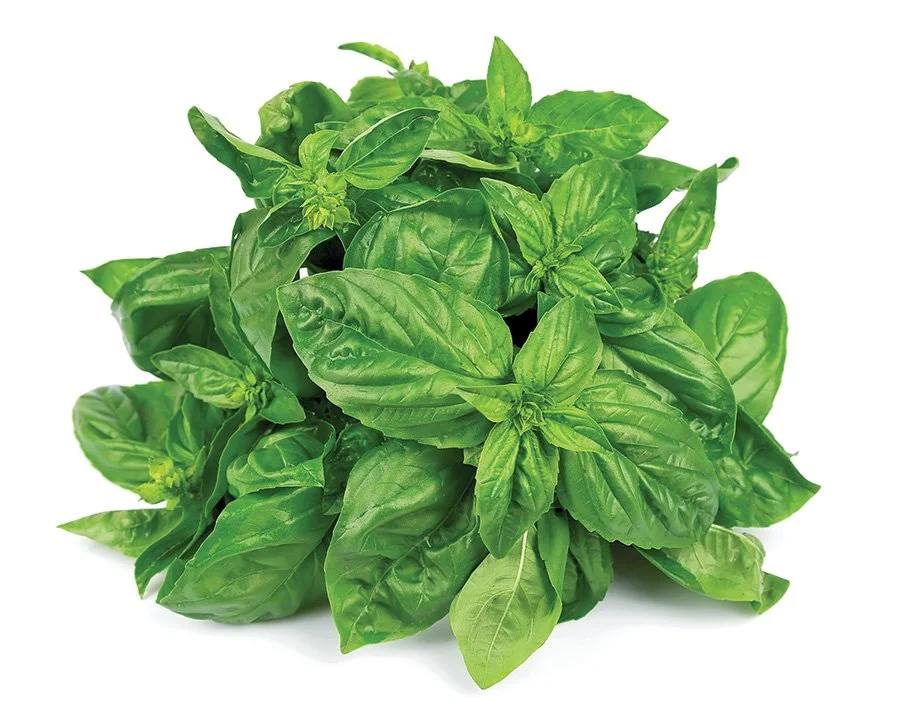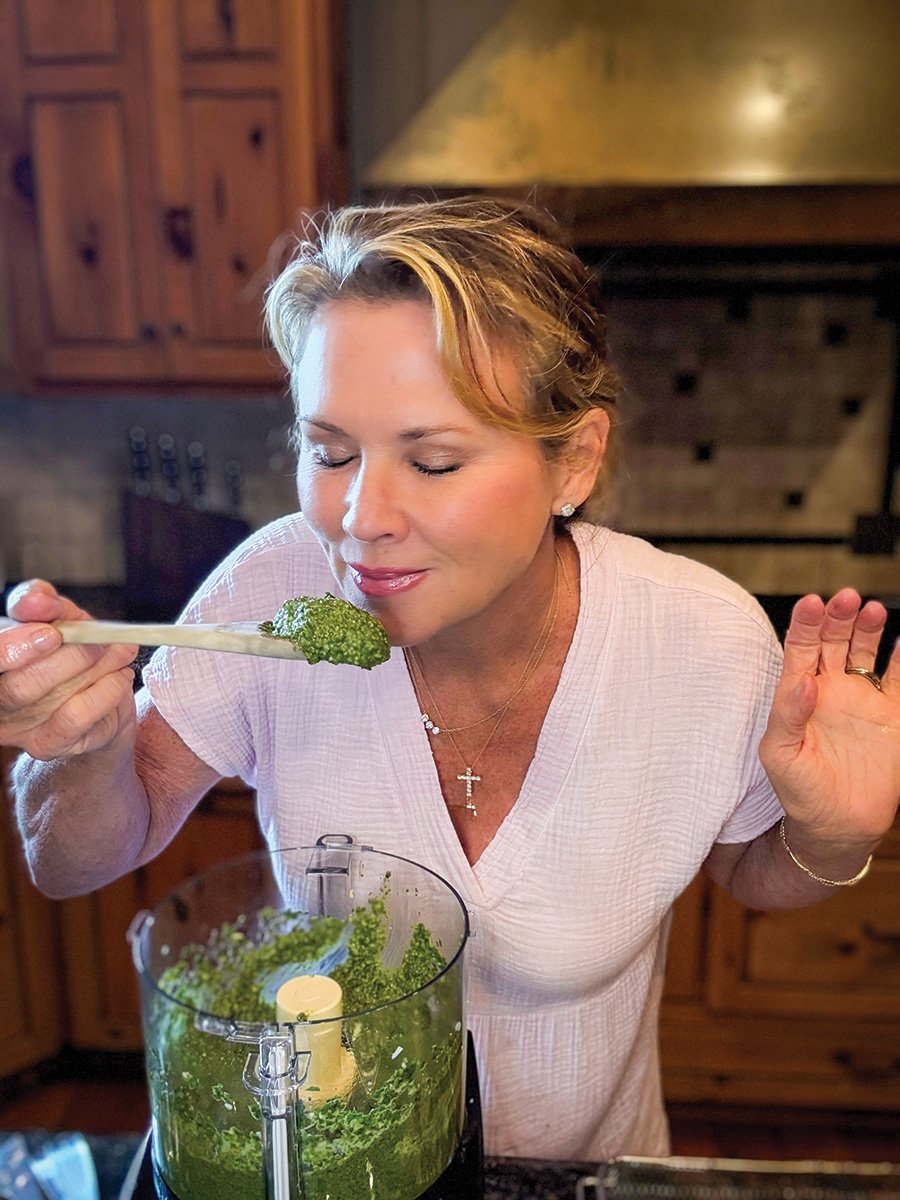Strong Roots: Gardens Gone Wild
/WHAT TO DO WITH ALL THAT PRODUCE
By Robin Proctor
The garden has finally hit its stride and is producing fruit and vegetables at full speed. July’s sunshine and showers gave most gardens the boost they needed to finish what they started in the spring months. Hopefully, you watched in anticipation as small, tender plants or fragile seedlings emerged timidly from the dirt—eventually, bursting into an overachieving harvest of tomatoes, peppers, zucchini, okra, basil, and more. Now, each day starts and ends with armloads of treasures gathered from the garden, and the foreboding question comes to mind: “What on earth will I do with all these vegetables!” The neighbors peek vigilantly out the window and hide for cover as you approach their front door with an armload of tomatoes and zucchini bread; this isn’t the first time you have shared your homesteading bounty. It may have crossed your mind to set up a produce stand in front of your house, but the HOA’s not having any part of that! Just keep telling yourself: this is a good problem, and as with all problems, there is always an answer.
So, what’s a first-time gardener or new homesteader to do with all this delicious bounty?
Tomatoes
First, enjoy the fruits of your labor—especially when it comes to tomatoes. There is nothing like a warm, ripe tomato slice, sandwiched between two pieces of warm sourdough bread. One of my favorite authors (Sean Dietrich) penned, no doubt from experience, “Tomato sandwiches are meant to be eaten over the kitchen sink.” My dad had a gift for raising the most beautiful tomatoes. One of his favorite stories, which he told repeatedly with sheer delight, was of a local physician and friend whom he loved to share his harvest with. Dad told of his friend being caught literally red-handed by his wife late one evening, eating a tomato sandwich in the kitchen. He would end the story filled with pride and laughter.
But while nothing beats a fresh summer tomato, the question that bears asking is: how can one enjoy this delicious fruit year-round? Goodness knows what is on the store shelves can’t hold a candle to a homegrown tomato’s flavor.
Preserving tomatoes is not as hard as you may think! In fact, it’s so easy that, if you don’t grow your own, you might consider visiting your local farmers market to stock up on tomatoes.
Freeze them: That’s right—you can freeze tomatoes, skin and all. Wash them to remove dust, and place them in a freezer bag. When you thaw them, the texture will change, but they will be perfect for soups or stews.
Peel, cook, season, and freeze: First, this two-step process for removing the skin off fresh tomatoes is so easy. Bring a large pan of water to a slow rolling boil, and then gently place the clean tomatoes into the water for a few minutes. The skin will begin to split. Remove and place them in ice water. After they cool, the skin will slip off the tomato.
Next, season and cook. Italian seasoning, chili powder, or just salt and pepper are all good options. After they cool a bit, place them in a freezer-safe bag or can them. There are many videos available on how to safely can and preserve tomatoes. You will be so thankful on a cold wintry day that you took the time to bring a little summer bliss to a chilly month, as you warm up with a pot of chili or soup.
Okra
“Bring on the heat” is the motto of the okra plant. August heat is no match for this powerhouse veggie! The overachieving okra seems to grow more rapidly than any other plant, often needing to be picked twice a day. Okra is a garden’s gold-medalist in hide-and-go-seek. No matter how hard I search for every elusive little morsel, no doubt, I will miss one tucked under a leaf that has grown to eight inches. Save that pod for seeds for next year’s garden; the best okra is small and tender.
Everyone loves fried okra—a Southern classic for sure—but there are many other options for preparing and preserving. My personal favorite style is grilled. Simply toss the okra in olive oil and sea salt. Next, place on the grill or in a hot skillet on the stove, and char the outside of the pods. Serve immediately, and be prepared to cook more. It is delicious and so good for you!
There are also myriad ways to preserve okra so that you can enjoy this garden delight throughout the year.
Freeze and vacuum seal: Surprisingly, okra freezes quite well. I highly recommend investing in a vacuum sealer to extend the quality of your produce and veggies in the freezer. Okra can be chopped and breaded before freezing or simply left whole. For best results, freeze the okra prior to vacuum sealing.
Can it: If I’m being totally honest, this is not an easy veggie to can! For me, it can go either way when canned—soggy or crisp. But if you have canning skills, go for it!
Basil
Then there is basil—oh the abundant, beautiful, aromatic basil! The smell of summer wrapped up in a tender green leaf.
Several gardens ago, I began to plant basil in between my tomato plants as a natural deterrent for unwanted insects. This left me with an unimaginable amount of basil at the end of summer. Obviously, it was pesto time. After all, you can only garnish so much and eat so many caprese salads! Fresh pesto is summer’s reward to us for enduring all the heat and humidity. The best part about pesto is that it’s shockingly easy to make and freezes like a dream. Consider yourself warned: once you eat homemade pesto, the store-bought stuff will never cut it again.
Let there be pesto!
Making pesto is super easy. Here’s how I make mine.
Ingredients:
2 cups of fresh, packed basil leaves (rinsed and dried)
½ cup of shaved parmesan
½ cup of Italian infused olive oil (make sure to use a quality olive oil—it matters)
1/3 cup of pine nuts or walnuts
3 garlic cloves, lightly roasted (do not use pre-minced garlic)
Salt to taste
A squeeze of organic lemon juice
Directions:
Throw all ingredients into a food processor or blender, and give it a good spin.
You will want to double or triple this recipe to freeze for the fall and winter months. I prefer to use small, BPA-free containers. Spoon the appropriate amount into the container, and top with a splash of olive oil. This makes a wonderful gift as well.
Here’s to a successful garden and freezers filled with your abundant harvest. As the temperatures begin to drop and the days grow shorter, your home will be filled with the aromatic scents of a summer well done. Now, please excuse me: I must get back to work harvesting and preserving. Bon appetit, friends.


